 Asana work management platform is helping teams around the world to become more efficient and effective. With the right tools, people are completing their tasks in less time. More importantly, they are able to take more work, produce quality output, and feel good about their contribution. This July and August 2019, Asana released enhancements to its Workload feature, now more powerful with effort and capacity functionality. Also, new features and improvements to existing ones, as well as two new marketing courses now available complete the latest release. For a powerful reporting and exporting tool for Asana, give our own tool Bridge24 for Asana a try.
Asana work management platform is helping teams around the world to become more efficient and effective. With the right tools, people are completing their tasks in less time. More importantly, they are able to take more work, produce quality output, and feel good about their contribution. This July and August 2019, Asana released enhancements to its Workload feature, now more powerful with effort and capacity functionality. Also, new features and improvements to existing ones, as well as two new marketing courses now available complete the latest release. For a powerful reporting and exporting tool for Asana, give our own tool Bridge24 for Asana a try.
Workload Enhancements
Workload is a new resource management feature in Asana that was introduced in early June of this year. It is a feature available to Business and Enterprise plan customers. With Workload, users get to see a visual snapshot of their team’s capacity, all from a single view. With the latest release, users can now gauge workload more accurately not just with the number of tasks, but also with effort. They can set a weight to tasks, either hours or points, through a numerical custom field.
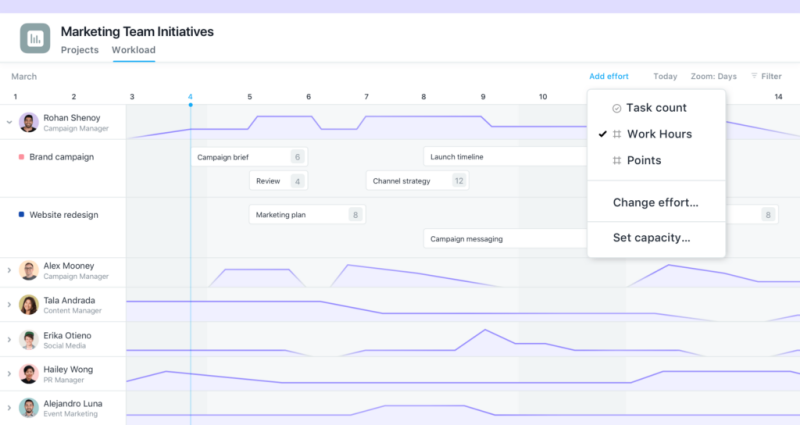
In addition to knowing exactly how much work each team member has, a project manager can now also set capacity limits. This will make sure that any individual member will not get work that exceeds their capacity in a given week. However, if by chance that they do, a red line in Workload for that team member will appear. This signifies that this individual is getting too many assignments, and in danger of being overworked.
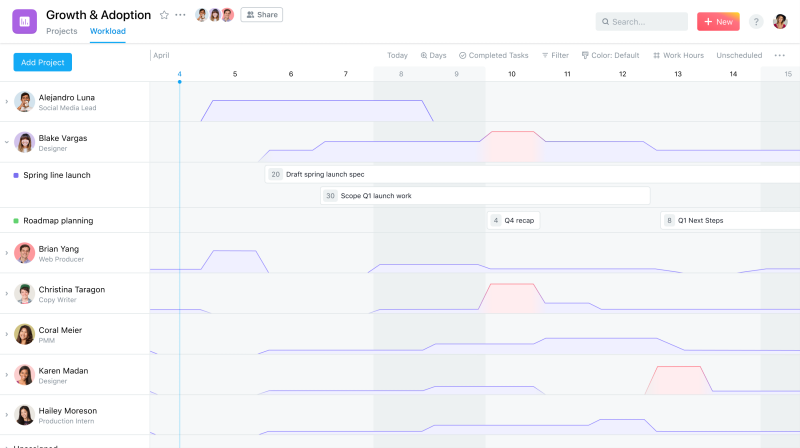
Use Cases
The new Workload with effort and capacity is flexible enough to work for any type of tasks a team usually works on. For example, a creative team can add effort based on hours to the number of tasks they receive. This can provide a better sense of how big or small a project is. Similarly, an agile product team can add effort by points to their tasks. It will be easy to spot unscheduled tasks and assign them to team members who have more capacity.
Features Enhancements
The July and August 2019 Asana release also includes several feature enhancements. All these can help users and administrators manage their work faster and more confidently.
Admin Console Updates
Last June, several organization admin console updates became available. With the latest release, additional enhancements can now provide admins a better view of its members, guests, pending invites, and available seats. Additional filtering is now available, so it is easy to check if a member is an admin, a member, or a guest. Admins can also check when they were last active in the organization. Moreover, they can easily remove seats right from the Admin console, if they are on a Premium or Business plan.
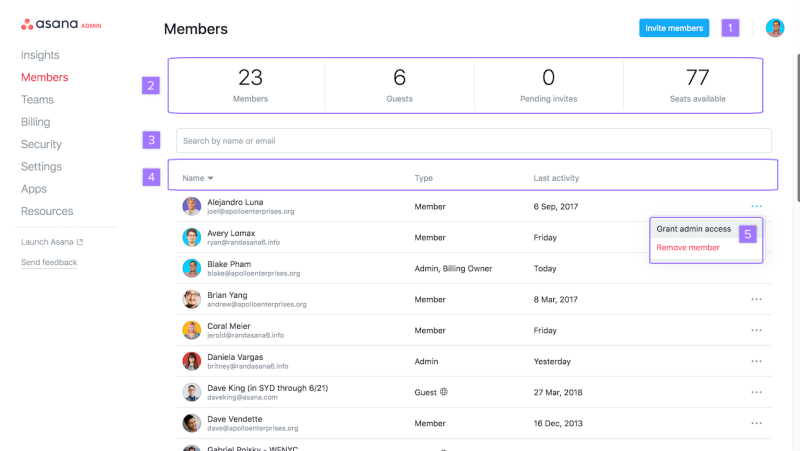
Custom Field Updates
The latest Asana release allows users on Premium, Business or Enterprise plans to add custom fields for a one-off case. When creating a custom field to track a project, they will be given an option to add it to the organization’s library of fields or not. Adding it makes the custom field reusable to anyone. Conversely, not adding it makes it available only to a specific project or portfolio.
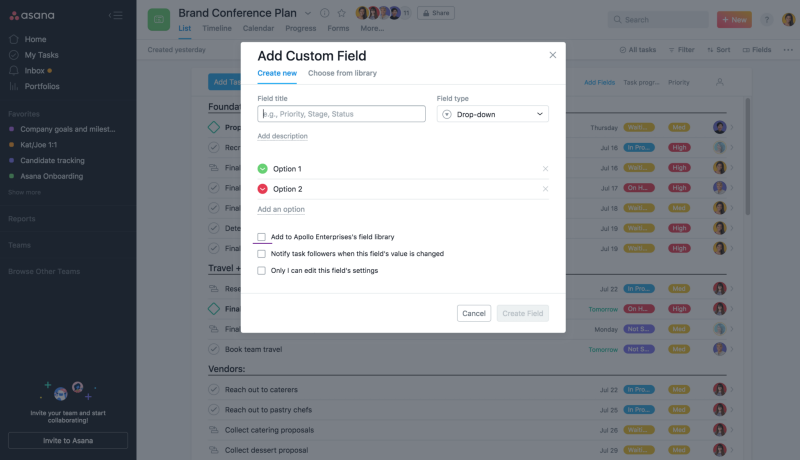
Header and Toolbar Updates
Other changes in the latest update are new toolbar and header displays. The UI changes provide more visible controls. It is now clearer and easier to view, sort, and filter tasks, add custom fields, and view project activity. Users can (1) easily view a project’s latest status, (2) view recent project activity, (3) filter tasks to show only incomplete, completed, or all, (4) filter tasks by assignee, due date, or custom fields, (5) sort tasks, and (6) manage existing custom fields or add new ones.

New Asana Academy Courses
This August 2019, two new free courses at the Asana Academy are available for marketing teams. The first course teaches users how to plan and manage a marketing campaign using Asana. It is a 45-minute course for campaign managers, marketing team leads, and others. The second course teaches how the PM tool can simplify and streamline the creative process and production. The entire course is about 45 to 50 minutes, especially for creative producers, designers, illustrators, and other members of the creative team.
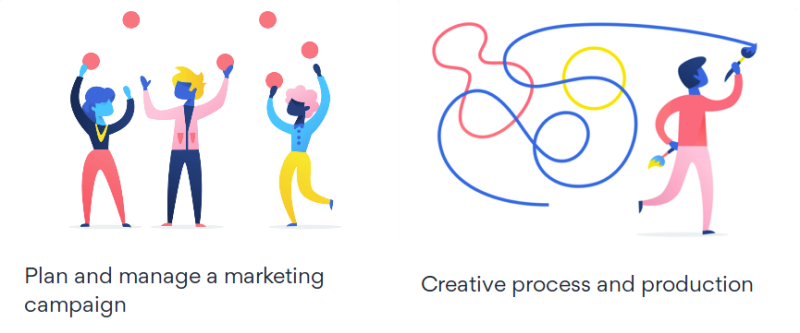
Other Improvements
Most of the new features are available in paid plans. With the latest release, users can now buy a Premium or Business plan immediately upon signing up with Asana. At the Asana Academy, users can also learn about the software in their language, where they can choose from English, German, French, Portuguese, Spanish, or Japanese. To learn more about new features and enhancements in the latest release, or new courses at the Academy, visit Asana also on Twitter or Facebook.
Leave A Comment